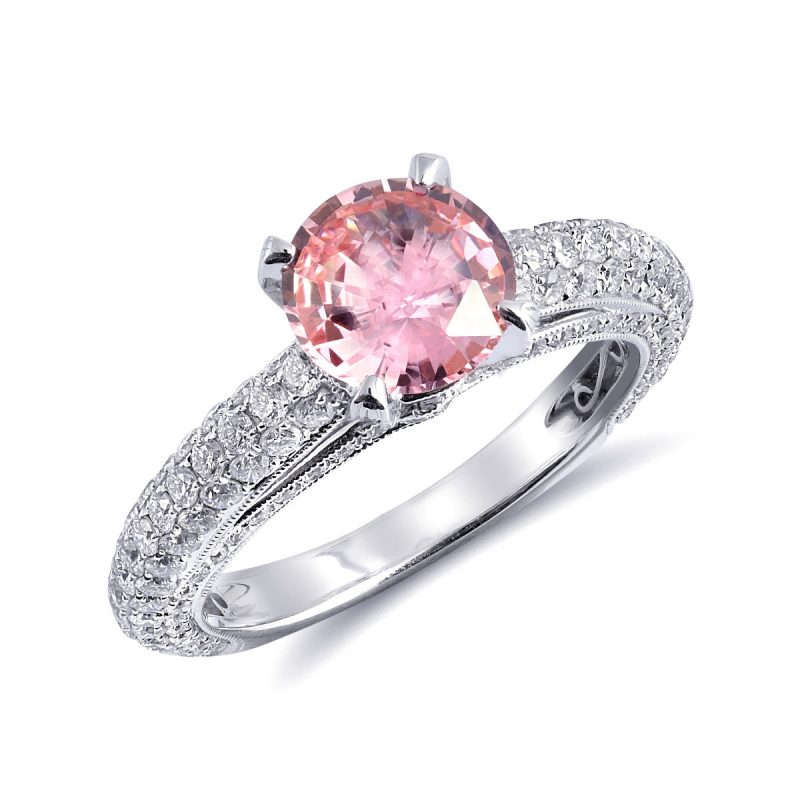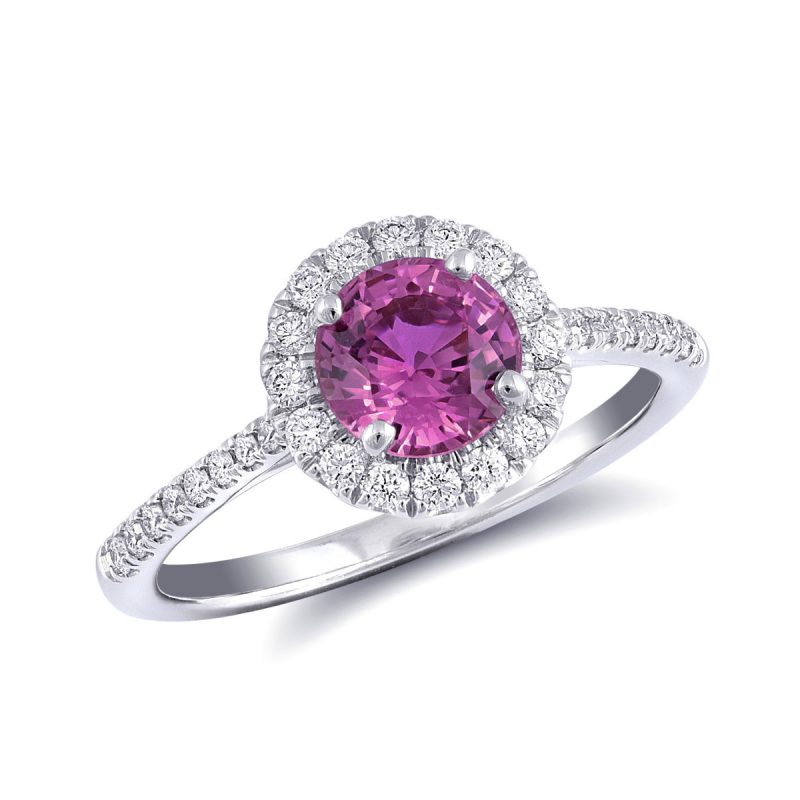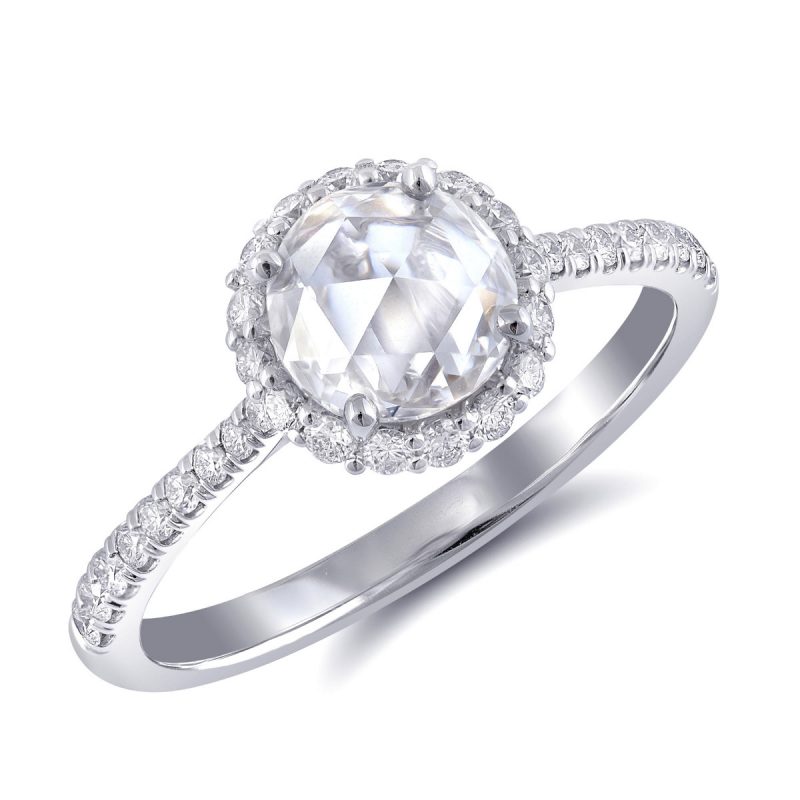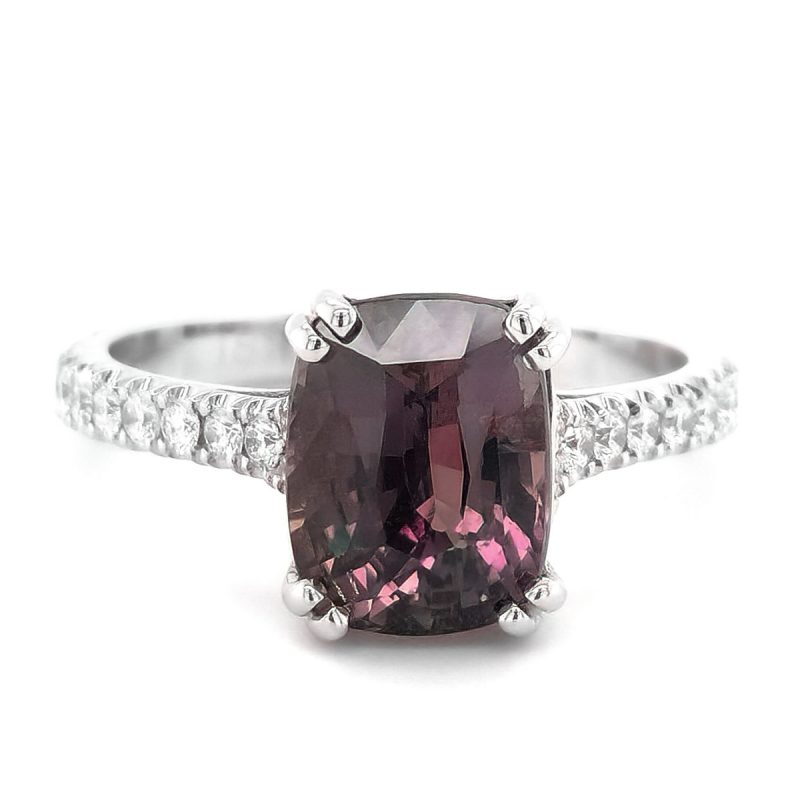
We know that buying an engagement ring is one of the most important purchases you’re ever likely to make. We also know that it can be one of the most stressful. There are so many things to consider: the stone, the color, the cut, the setting, how much to spend… At JupiterGem we have over 50 years of experience in matching clients with their perfect ring. Read on as we give you the benefit of our decades of experience!
The Central Question – Does an Engagement Ring have to have a Diamond?
The idea that an engagement ring has to feature a diamond dates back to the late 1930s and a vigorous marketing campaign by diamond giant De Beers. A glut of diamonds from the South African diamond mines meant that the company needed to create a strong demand to keep prices stable. Their ‘diamond is forever’ strategy worked and today three-quarters of American brides wear a diamond engagement ring.
The truth though, is that throughout history colored stones have been more popular than diamonds. Roman brides wore rings set with amethyst, garnet or onyx, Medieval European brides loved rubies and blue sapphires, and Victorians loved stones of all colors.
We’re thrilled that gemstone engagement rings are staging a comeback, with more and more brides each year choosing to celebrate their love with color. To help you make your choice here are a few things to consider.
The Symbolism of Gemstone Engagement Rings
Gemstones aren’t just beautiful to look at, throughout history they’ve been though to have various meanings and powers. In Ancient Rome emeralds represented love and truth and were believed to be the stone of the goddess Venus, the deity of hope and love. Medieval Europeans believed that rubies would bring about health, wealth and wisdom, while their Indian counterparts thought these crimson stones guaranteed safety and peace. Blue topaz symbolizes eternal love and loyalty, citrine represents happiness and prosperity and blue sapphires, commitment and honesty. Each gemstone has a message, so think about what you want to say
You could also make your choice according to your beloved’s birthstone. June babies have the intriguing color-change alexandrite, while those born in February have the amethyst. Lately, two-stone toi-et-moi (you and me) rings are proving extremely popular. Why not choose this style and use both of your birthstones?
Gemstone Engagement Rings and Color
You might decide to choose an engagement ring based on a favorite color. While conventional wisdom has it that sapphires are blue and rubies are red, did you know that the gem world is actually a lot more complicated that? Sapphire is the name given to the mineral corundum and it comes in a veritable rainbow of colors. Ruby is the name given to red corundum (that’s right, rubies are essentially red sapphires!), but there are many other beautiful red gemstones to choose from. Before the advent of proper gemological testing red spinels were often mistaken for rubies and the tourmaline family is home to the rubellite, so called because of its resemblance to a ruby.
Gemstone Engagement Rings and Affordability
Another good reason to have a look at a variety of colored stones is the cost factor. The finest Burmese rubies, with their intense ‘pigeon’s blood’ color, are incredibly rare and have a large price tag to match. Red spinels and rubellites, while not having the same legendary mystique or allure, are still beautiful stones and are significantly more reasonably priced. Pink diamonds worth millions have adorned the ring fingers of many a celebrity, from Jennifer Lopez to Lady Gaga, but their look can be replicated far more affordably with pink sapphires, kunzites or morganites.
The Durability of Gemstone Engagement Rings
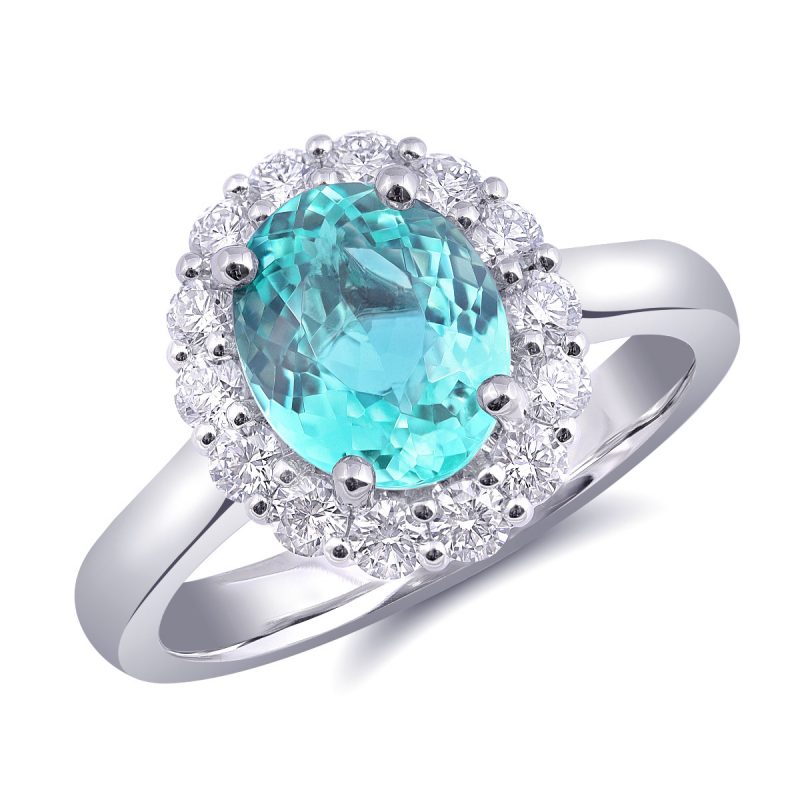
An important factor to consider with gemstone engagement rings is durability. The Mohs Hardness Scale ranks stones according to their resistance to scratching and the diamond sits atop it with a score of ten. The lower down the scale, the more likely a gem is to be damaged by the everyday wear-and-tear that an engagement ring will experience over a lifetime. Of the natural gemstones, sapphires (and rubies) come in second with a 9, which is why they are a perennial favorite for rings. A good rule is to steer clear of stones below a 7.5 when it comes to engagement rings.
Although a favorite, emeralds can make for a tricky everyday stone: they are a 7.5-8 on the Mohs scale, but also commonly have inclusions which make them vulnerable to chipping. This is where the setting of your gemstone plays a big part as a bezel-set stone is far more protected than a claw set stone. Smaller accent stones can also help to protect your central gemstone.
Celebrate Color
A gemstone engagement ring is the perfect way to express your individuality and unique love story. Whichever stone and color you choose, we at JupiterGem are here to help. We have over 5 000 gemstones in stock, a brilliant design team and fabulous local jewelers to make sure that your engagement ring is everything you’ve always wanted.

